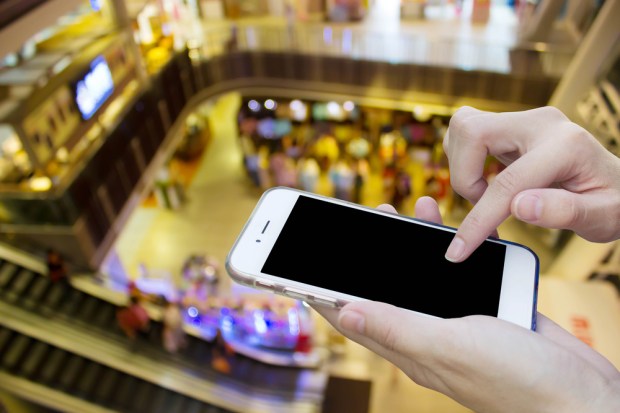Location Is Everything – In QSRs As In Real Estate

Advertising is a challenge in the omnichannel age, no matter who you are — but perhaps for none more so than quick service restaurants (QSRs), at least according to Duncan McCall, CEO of data and technology company PlaceIQ.
In general, McCall explained, QSRs represent an industry that has not had a lot of traceable service or connection with clients, and the digital age has not done much to change that (despite Wendy’s Twitter account bringing its A-game). If anything, it’s made things harder.
Why, posited McCall, would consumers go to the McDonald’s website? Why have a digital relationship with IHOP? QSR interactions take place in the physical world, which is separate and disjointed from the digital world, he said.
Speaking of disjointed, McCall said there have been two major fragmentations that keep brands from reaching consumers as effectively as they could.
One is the fragmentation of attention. There used to be three types of advertising: TV, magazine and out-of-home. If a brand wanted to reach most of America, McCall said, it went to those three mediums.
Now, however, consumer attention is divided between so many channels it’s hard for companies to see where — and how — they should strike, which has led to the second fragmentation: the ecosystem. The same campaign won’t work on all channels, said McCall. Data from mobile devices is virtually useless to a TV or out-of-home campaign.
Finally, McCall noted a lot of QSR purchases are cash, making it difficult to kick off any kind of loyalty or card program since customer history cannot be tracked. There is no way to tell what brought that cash-paying customer into the store. Was it a TV ad? A billboard? Something on social media? Are they regulars, or did the restaurant just happen to be in the right place at the right time?
What Is Success?
With all of those challenge working against it, McCall said success in QSR advertising is simply being able to derive a return on investment metric from marketing spend, then using that data to implement more advanced targeting mechanisms in this left-behind industry.
Instead of simply asking who’s within a 10-mile radius, McCall says QSRs should be asking questions like which customers have stopped coming, who is new to the area, who is disloyal to competitors and who drives past every day but never comes in. Once those audiences have been defined, he said, they can be more precisely (and effectively) targeted through different arms of the omnichannel strategy — whether that’s mobile, social, TV, out-of-home or even direct mail.
McCall believes consumer location data is the key. That’s why he founded PlaceIQ — to track the GPS locations of opted-in customers and see what connections come to the surface regarding ad exposure through various channels and activity that results.
Tat’s why PlaceIQ has just teamed up with media measurement and analytics company comScore, which has its own census network and visibility across the television channel thanks to a 2015 acquisition of its industry fellow Rentrack. Together, McCall said, they’re able to tell advertisers whether their mobile and TV ads drove real-world foot traffic.
What’s Working
Believe it or not, one huge driver of foot traffic is made-up holidays.
For example, on 7-Eleven Day (July 11), the 7-Eleven convenience retail chain offers free Slurpees all day long. Location data shows that it’s their busiest day of the year. Similarly, IHOP has massively inflated traffic on March 7. Why? Because it’s National Pancake Day.
In both cases, McCall explained, the data alone is interesting and encouraging, but not necessarily actionable. Businesses like these must also analyze whether the increased foot traffic is coming from their own regular customers or drawing in new people from outside.
Another example is spring break, the week in March when college students across the U.S. flock to Panama City, Florida to party it up. In Panama City that week, location data showed surges for Buffalo Wild Wings and Chick-Fil-A (although the latter is typically busy, McCall qualified). Meanwhile, in one of the college towns such students had left, businesses like Chipotle and Chick-Fil-A were deserted.
The influx had little impact on IHOP, and the exodus barely touched McDonalds — showing college students are not the key demographic being served by those QSRs. The strength there, said McCall, is that McDonald’s is diversified and does not depend on a single demographic, a definite weakness for the others. But, it is also losing out to hipper, up-and-coming brands. Still, noted McCall, trendy dinner destinations like Chipotle could meet the same fate whenever the next big thing comes along.
In short, the location data revealed areas where both types of QSRs could learn and grow, according to McCall, and that’s what it’s all about.
